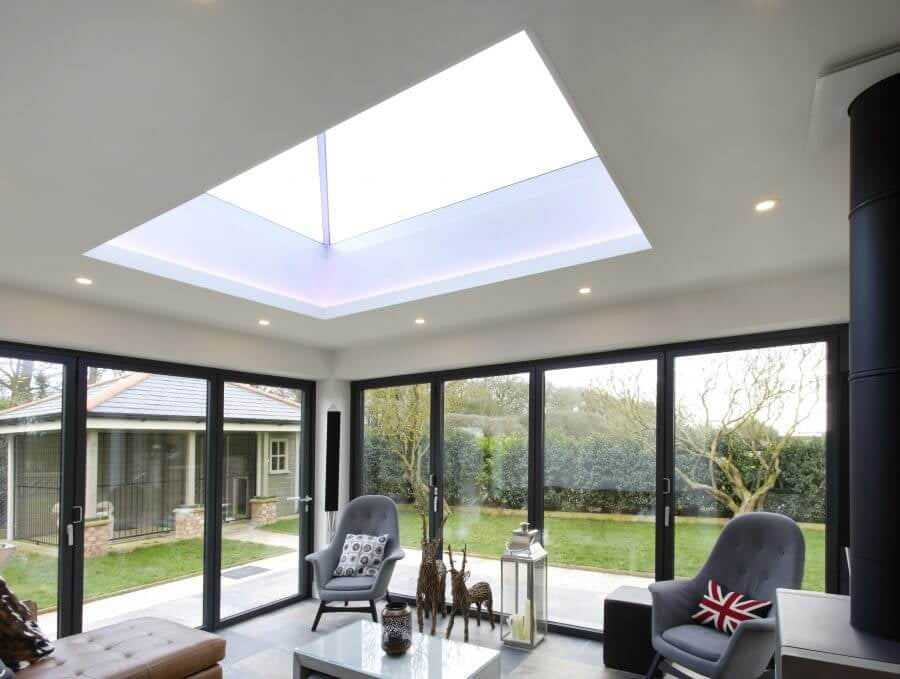A roof lantern or skylight is a terrific investment since they allow in three times as much light as a typical vertical window.
The kitchen or addition would be the most probable location for a new skylight. The lack of light in kitchens, and probably the fact that you eat in the kitchen, is one of their enduring issues. Skylights in the kitchen are ideal for adding the additional light you need since they function so effectively.
People who need additional space but don't want to move houses are fans of home additions. In addition to providing additional light and raising the value of your home, a skylight gives an addition a contemporary feel.

What distinguishes a roof lantern from a skylight?
Any glass roof or ceiling structure may be referred to as a "roof light," although a skylight and a roof lantern are entirely distinct kinds of roof lights. Skylights may be either flat or pitched roofs since they are flat windows that are recessed into the roof at the same angle as the roof.
The lamp has three different opening options: top-hung, center-pivoting, or non-opening flat light. To allow light to enter from all sides, a roof lantern is attached to a flat roof and extends above the roof, often in the form of a pyramid or crested elongated pyramid. Although most roof light lanterns are non-opening, ventilation is often provided.
Considerations to ponder when purchasing a roof light
Which direction does the room face?
A north-facing roof light will bring a lot of light to a gloomy area, while south-facing roof light will fill the space with natural light. Consider the size of the skylight you would need; a north-facing room could benefit from a bigger skylight, but a south-facing one might not, especially if the room is tiny, since you don't want to overheat in the summer. Additionally, ultraviolet (UV) light overexposure may be harmful. Normal glass does not completely prevent UV rays, however, several contemporary glazing materials do.
Is the roof sturdy enough to support a roof lantern or skylight?
Skylights won't weaken the typical home's roof, but single-story additions may have flat roofs that weren't designed to support the weight of a roof lantern. A structural engineer should be consulted, and he will create a report that the building control division of your local planning authority will need.
Does a skylight or roof lantern need planning permission?
Since allowed development guidelines are in effect, roof lights and skylights often do not need planning clearance. However, according to planning laws, no modification may protrude "more than 150 mm from the current roof plane" or "be higher than the tallest point of the roof" (source Planning Portal).
Any modification to a dwelling house's roof is subject to these rules. Other rules apply if you are expanding your home by changing or adding to the roof. It would appear that skylights might use 150mm without any issues.
Roof lanterns on single-story additions might pose more of an issue since they could extend past your neighbor's property line, but they should still be OK because they wouldn't be higher than the roof of the building's original structure. It is usually good to verify with your local planning authority, however, if in doubt. There is a restriction on the amount of glass that may be used in a single building, but this is not anticipated to cause any issues.
